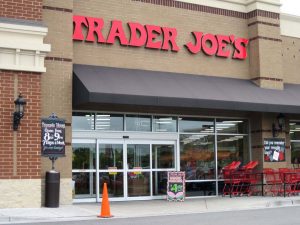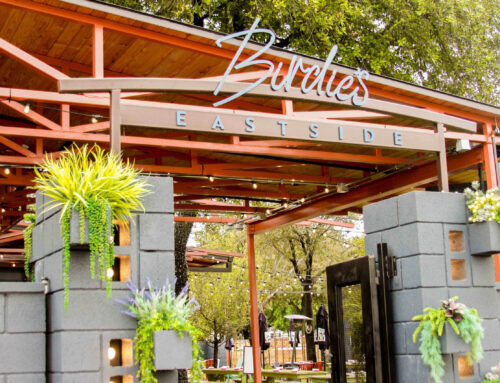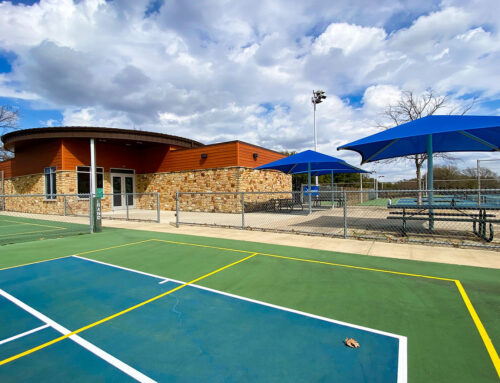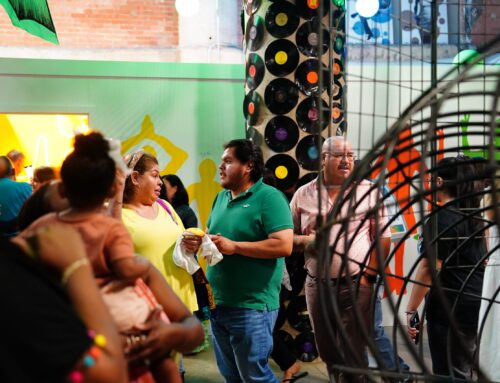 When we published a February story about the future of retail in Dallas, real estate experts said it would be only a matter of time before Trader Joe’s entered the market. Now we know for certain that the eclectic grocer is moving to North Texas.
When we published a February story about the future of retail in Dallas, real estate experts said it would be only a matter of time before Trader Joe’s entered the market. Now we know for certain that the eclectic grocer is moving to North Texas.
The question is: Where? Lakewood, perhaps?
“The challenge, especially in Lakewood, you know every piece of retail over there — you can count it on one hand,” says Mike Geisler of Venture Commercial.
The former Whole Foods on Lower Greenville is out of the question until Whole Foods’ lease expires on the property, Geisler says. Signs around the former store announce that it is “for lease”, but Geisler says it’s safe to assume those signs don’t apply to a grocery competitor so close to the Lakewood Whole Foods.
Mockingbird and Abrams might be a better option, even though Tom Thumb and Albertson’s are already on that corner.
“I don’t think they’re afraid of that — they’re a niche,” Geisler says. That may be an ideal way to serve Lakewood and Casa Linda.” The grocer also could seek “an opportunity around Northwest Highway and Abrams and Skillman,” Geisler says, which would bridge both Lakewood and Lake Highlands.
John Downs, an asset manager for Henry S. Miller Equity Partners, agrees that “Lakewood would certainly be a possibility” for Trader Joe’s, “although there might not be enough density,” meaning a high number of customers, or people, living within a certain vicinity of a potential store site.
Where else might Trader Joe’s be looking?
“They’re going to look between Forest and Mockingbird on Preston — I think that’s a given,” Downs says. “They need to be in an upper-middle income level with higher than normal education — some college or higher — for people to understand the concept and to embrace it.”
As of late last week, everyone I talked to in the real estate realm was telling me the former Preston-Royal Borders would be a prime space for Trader Joe’s. It would have to be broken up because Trader Joe’s typically uses only 8,000-12,000 square feet, and the former Borders store is 30,000 square feet.
Well, apparently Central Market thought highly of that space, too, because the gourmet grocer announced yesterday that it will be opening its fifth DFW store in the former Preston-Royal Borders. Even in the economic climate that has slowed down retail development in recent years, including the Town Center, it sounds as if Central Market had a hard time procuring the site.
“I have never had so much interest in any single space in my career,” said Terry Montesi, chairman and CEO of Trademark Property Company and owner of the shopping center. “We had several great merchants express serious interest in replacing Borders, but in the end I felt like Central Market, and what it would create for this neighborhood, would be the perfect long-term fit.”
Downs believes that other than Park Cities/Preston Hollow, Trader Joe’s will look into at least two North Texas areas — the Preston corridor in West Plano and Southlake/Colleyville.
“I think you’ll see them do this in waves,” Geisler says of how Trader Joe’s will launch stores. “I think you’ll see three or four stores open within a year. I think they’ll definitely try to start in Dallas” instead of the suburbs.
Though Aldi is Trader Joe’s parent company, it’s not likely that Trader Joe’s will open as many stores as Aldi has, and the two look for different types of spaces.
“Aldi is strictly known as discount. They’re in the milk wars and that sort of thing,” says Ian Pierce of the The Weitzman Group. Trader Joe’s has an “emphasis on unique foods and organics, [and] specialty grocers like to fill in the specialty retail spaces.”
“Trader Joe’s is a bit of a destination; people will seek them out,” Geisler says. He believes that for Trader Joe’s, “income is a component that they’re going to look for, but education is probably more important” in a neighborhood’s demographics. That’s because Trader Joe’s is “not a full-line grocery store. It’s very limited items, but gourmet items that are hard to find,” making the “psycho-graphic of a customer” most essential.
“They’re not real flashy stores; it’s just the product,” Geisler says.
A Trader Joe’s store will average around $1,700 a square foot in sales,” Downs says, an “enormous” amount considering that “$300-$400 would be typical. Remember — you’re dealing with a much smaller footprint. They don’t have the wide aisles, and normal grocers would have 70,000 to 80,000 SKUs, or items, whereas Trader Joe’s might have 4,000, so it’s a very edited mix overall.”
“They’re very selective [on sites] because they can afford to be,” Downs says. “Almost any developer I can think of would love to have them.”





